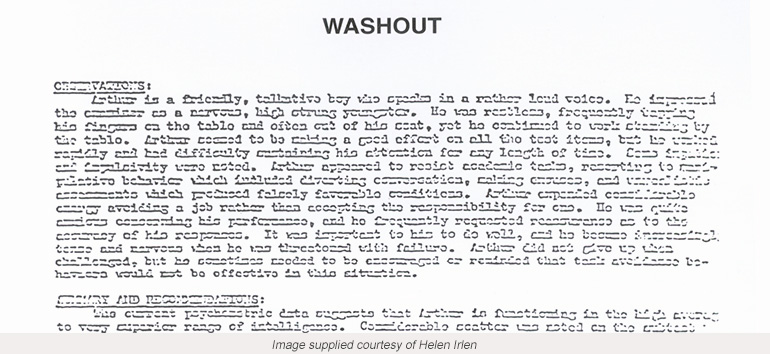Evidence based research up until 2014
Please find the following research reports on visual processing deficits that have been supplied to me over the years.
Many people believe that visual processing deficits should not be a consideration when we are supporting children, teens and adults with learning difficulties.
My personal experience, and that of many families, educators and specialists, is that it can be a factor for approximately 30% of children who have dyslexia. It can also be a factor for those individuals that don’t have dyslexia.
When a child struggles to learn we must investigate what it is exactly that is making it difficult for them. There is always a reason, we just have to identify it.
Factors can include; visual, auditory, phonological, executive dysfunction, memory and processing rate deficits. This being the case a range of interventions must be considered and also an order of interventions so that we ensure that a child makes the fastest progress possible to improve their reading, spelling and math and to catch up at school.
Also important is identifying a child learning strengths as well as learning weaknesses. Only when you use a child’s learning strengths to help them to overcome their weaknesses can you truly help a child to shine.
Let’s focus on the whole child when it comes to addressing learning difficulties.






















